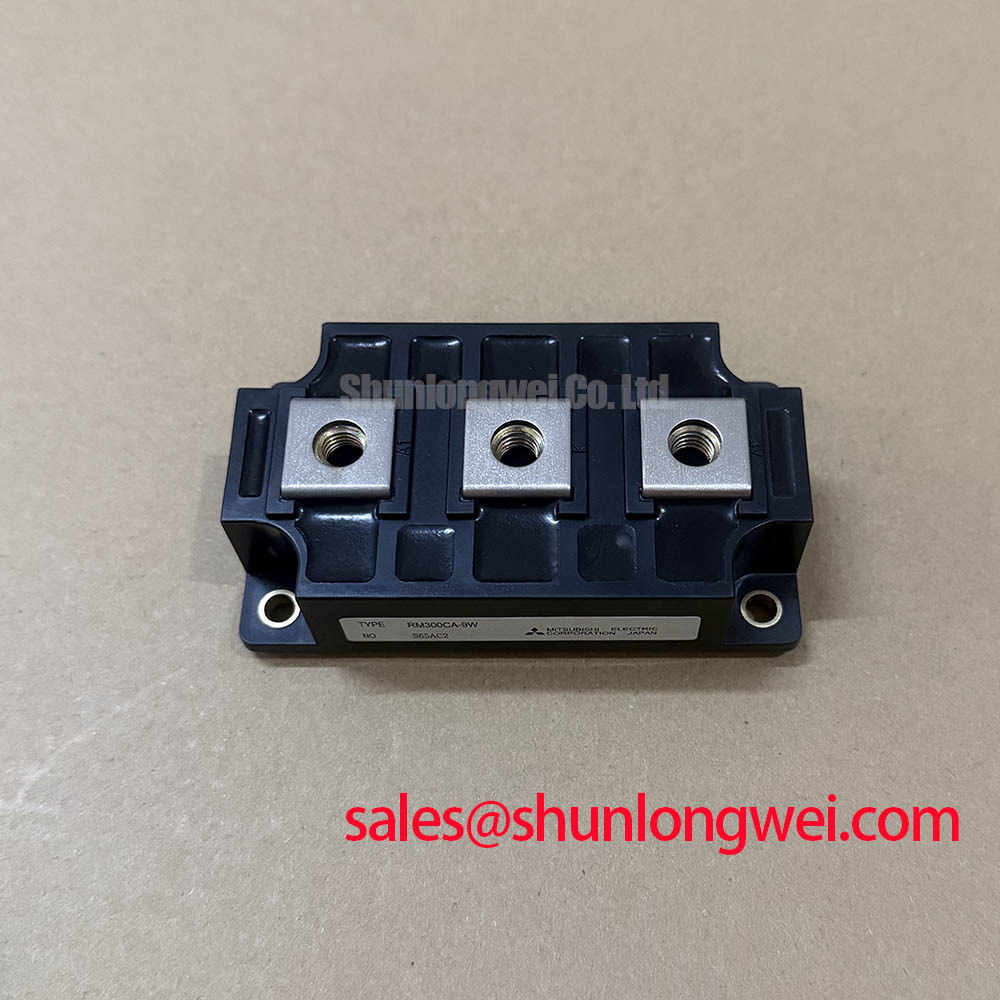IGBT Inverter Circuit Overview
IGBT inverter circuits are high-voltage, high-power driving circuits that are widely used in industrial, aviation, and shipbuilding applications. This article will provide a detailed introduction to the principles, structures, applications, and precautions of IGBT inverter circuits.

Principle of IGBT Inverter Circuits
IGBT inverter circuits are composed of IGBT transistors, anti-parallel diodes, inductors, and capacitors. In normal operation, the gate-level isolated drive controls the conduction and cutoff of IGBT transistors, causing the inductor in the circuit to store energy. When the IGBT transistor is cutoff, the back EMF generated by the inductor will cause the anti-parallel diode to conduct, and the energy stored in the inductor will be transferred to the load. When the IGBT transistor is turned on again, the capacitor will release energy to provide for the normal operation of the IGBT transistor. Therefore, IGBT inverter circuits can convert direct current to alternating current and output it to the load.
Structure of IGBT Inverter Circuits
IGBT inverter circuits are composed of two parts: a power module and a control circuit. The power module includes IGBT transistors, anti-parallel diodes, inductors, and capacitors, which are used to convert direct current to alternating current and output it to the load. The control circuit is used to drive the gate of the IGBT transistor, controlling the conduction and cutoff of the IGBT transistor. In addition, the control circuit can also realize the protection functions of IGBT inverter circuits, such as overcurrent protection, overvoltage protection, and undervoltage protection.
Applications of IGBT Inverter Circuits
IGBT inverter circuits are widely used in industrial, aviation, and shipbuilding applications. In the industrial field, they are mainly used in industrial automation, power electronics, and motor drive. In the aviation field, they are mainly used in aircraft power systems. In the shipbuilding field, they are mainly used in ship power systems and ship drives.

Precautions for IGBT Inverter Circuits
In practical applications, the following points should be noted:
- The layout of the circuit should be reasonable, avoiding long and narrow lines, avoiding overheating and excessive impedance of the lines.
- High-quality components should be selected to ensure the reliability and stability of the components.
- The circuit should be properly electrically isolated and grounded to ensure the safety of personnel and property.
- Electromagnetic compatibility should be considered during the design and installation of the circuit to avoid electromagnetic interference and impact.
- The appropriate control mode should be selected according to the actual situation, such as analog control and digital control.
In conclusion, IGBT inverter circuits play an extremely important role in modern power systems. They have a broad application prospect, but it is necessary to pay attention to the safety, reliability, and stability of design and construction in practical applications.
